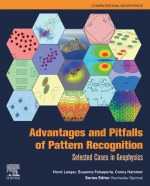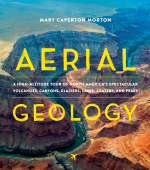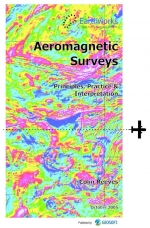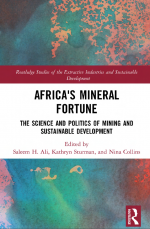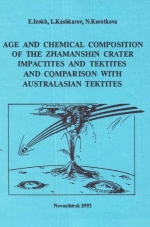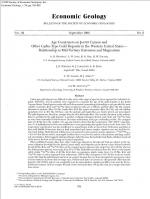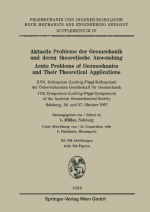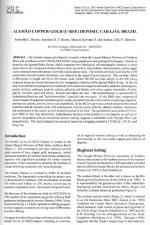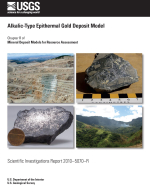The Alemao copper-gold deposit is located within the Carajas Mineral Province of Northern Brazil and was discovered in 1996 by DOCEGEO using geophysical and geological techniques. Alemao is hosted by the Igarape Bahia Group, which comprises two lithological and stratigraphic domains: a lower metavolcanic unit composed of metavolcanic rocks and acid to intermediate volcanoclastics; and an upper clastic-chemical metasedimentary unit with volcanoclastic rocks. The Alemao ore body is covered by a 250 metres thick unconfonnable siliciclastic unit referred as the Aguas Claras Formation. The ore body, which is 500 metres in length and 50 to 200 metres wide, strikes NE-SW and dips steeply to the NW, being emplaced along the contact between the two stratigraphic domains of the Igarape Bahia Group. In the ore zone, the hydrothermal paragenesis is marked by ferric minerals (magnetite-hematite), sulphides (chalcopyrite, pyrite), chlorite, carbonate (siderite, calcite, ankerite) and biotite, with minor quartz, tourmaline, fluorite, apatite, uraninite, gold and silver. Sericite and albite are rare. The mineralisation is represented by hydrothermal breccias and "hydrothermalites" classified into two types: (1) the BMS type, composed of massive bands of magnetite and chalcopyrite and by polymitic breccias with a matrix comprising magnetite, chalcopyrite, siderite, chlorite, biotite and amphiboles; (2) the BCLS type breccia which comprises brecciated hydrothermalised volcanic rocks with chalcopyrite, bornite, pyrite, chlorite, siderite, ankerite, tourmaline and molybdenite in the matrix, as well as dissemination in the rock. The geochemical association of Fe-Cu-Au-U-REE in iron rich, heterolithic, hydrothermal breccias at the Alemao Cu-Au Deposit, as well as its possible association with an extensional tectonic setting, suggests a correlation with Olympic Dam type mineralization. The total estimated ore resources based on a krigging method is 170 Mt @ 1.5% Cu and 0.8g/tAu.


